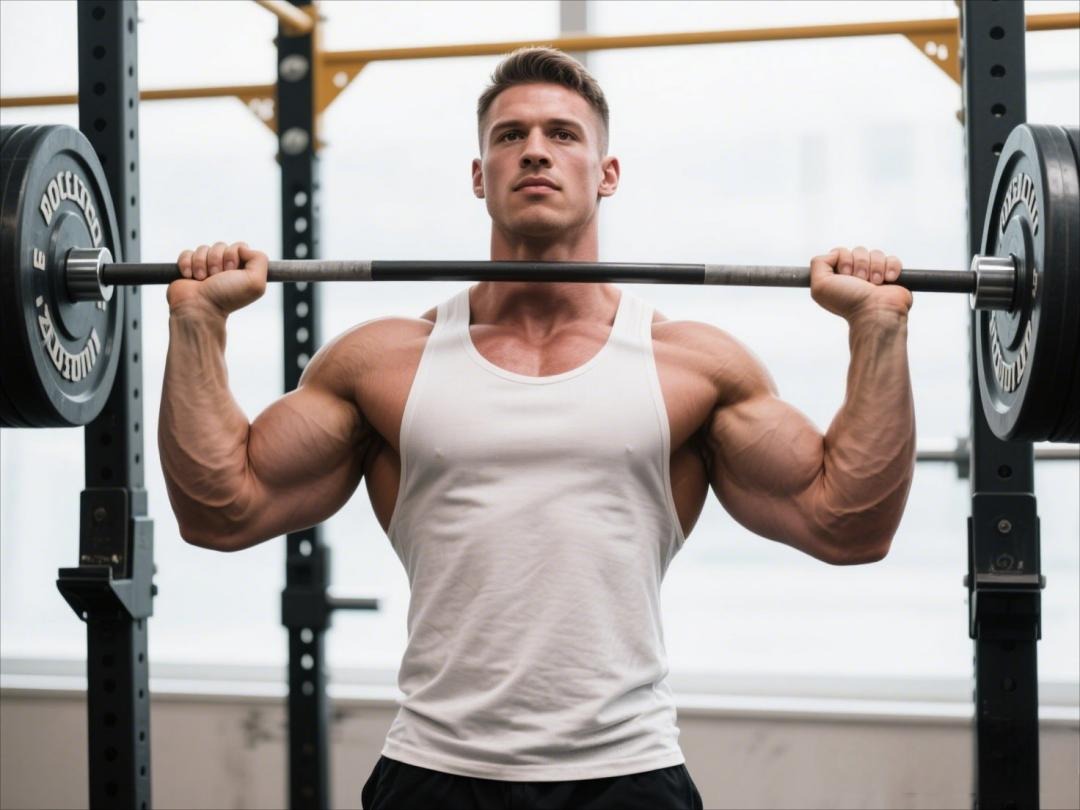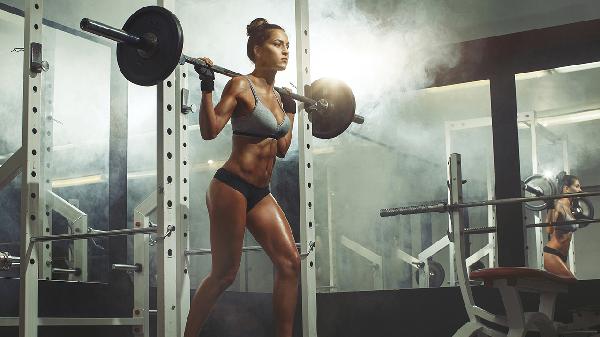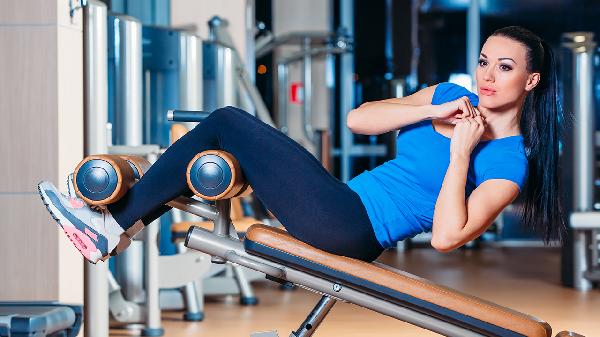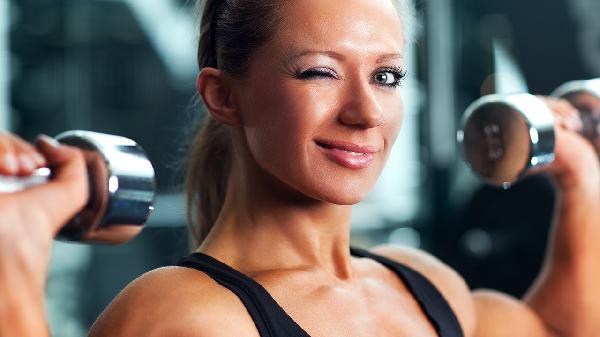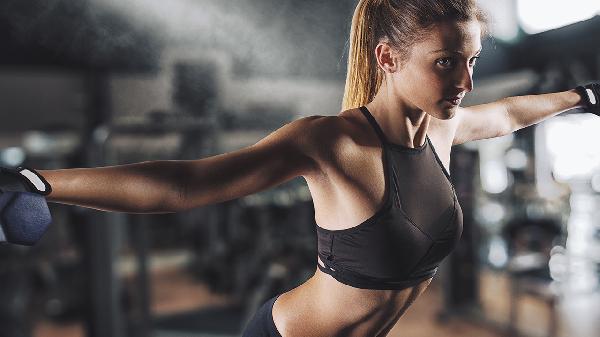If the New Year has you fired up to get stronger, weight training is one of the best ways to make it happen. Not only does pumping iron boost your energy and improve sleep, but there’s something undeniably badass about feeling your muscles work. And guess what? You don’t need a fancy gym setup—just a pair of dumbbells and a little know-how. Whether you're a total newbie or just getting back into the swing of things, this beginner-friendly arm workout is designed to hit all the major muscle groups without overwhelming you. Personal trainer Anna Renderer crafted this routine to be simple yet effective, so you can build strength and confidence at the same time.
Why Dumbbells Are Your New Best Friend
Dumbbells might seem basic, but they’re one of the most versatile pieces of equipment you can own. Unlike machines that lock you into a fixed range of motion, dumbbells force your muscles to stabilize, which means you’re working more than just the target muscle—you’re engaging your core and improving balance too. Plus, they’re compact, affordable, and perfect for home workouts. For beginners, starting with lighter weights (think three to 15 pounds) helps you nail proper form before moving up in weight. And don’t worry if you feel shaky at first—that’s just your muscles waking up and realizing they’ve got work to do.
The Magic of Supersets
This workout uses supersets—pairing two exercises back-to-back with minimal rest—to maximize efficiency and keep your heart rate up. Not only does this save time, but it also amps up the intensity, making your muscles work harder in less time. Supersets are great for beginners because they allow you to hit multiple muscle groups without overcomplicating things. By alternating between moves, you give one muscle group a brief break while another takes over, which means no single area gets too fatigued too quickly. It’s like a tag-team match for your arms, shoulders, and back.
Breaking Down the Moves
Each superset in this workout targets complementary muscle groups. The first combo—lying chest fly and lying triceps extension—focuses on your chest and the back of your arms. The second superset, curl and press paired with bent-over rows, works your biceps, shoulders, and upper back. And the final duo, bent-over reverse fly and lateral raise, zeroes in on your rear delts and side shoulders. Together, these exercises create a balanced upper-body burn that’ll leave you feeling strong (and maybe a little sore in the best way possible).
Form First, Everything Else Later
When you’re starting out, nailing proper form is way more important than lifting heavy. Poor technique not only reduces effectiveness but also increases injury risk. For example, during bent-over rows, keep your back flat and core engaged to protect your spine. When doing lateral raises, avoid swinging the weights—controlled movements are key. If you’re unsure about a move, practice without weights first or check out tutorial videos. Remember, even fitness pros started somewhere, and taking the time to learn the basics pays off big time in the long run.
Making Progress Without Plateauing
Once this workout starts feeling easier (and it will), don’t just coast—challenge yourself. You can increase weight gradually, add reps, or shorten rest periods between sets. Another option? Swap in more advanced variations of the exercises, like single-arm rows instead of bent-over rows. The goal is progressive overload—consistently pushing your muscles just enough to keep them adapting. But listen to your body: If something feels off, dial it back. Strength training is a marathon, not a sprint, and sustainable progress beats burnout every time.
So grab those dumbbells and get ready to feel the burn—your stronger, more confident self is waiting. And hey, if you finish this workout and immediately start planning your next one, consider it a win. Because the best fitness routine isn’t the hardest or the flashiest—it’s the one you’ll actually stick with.
